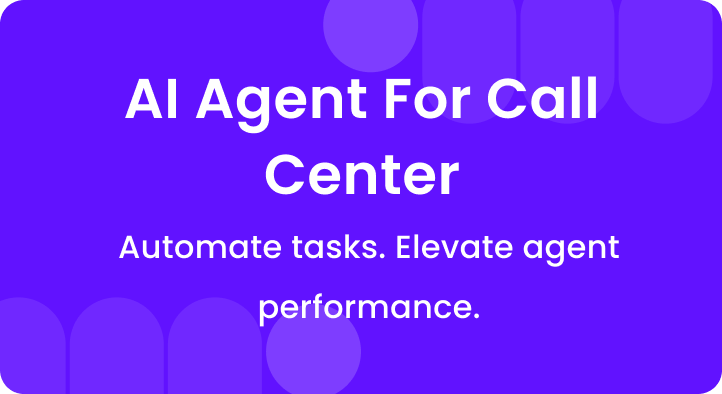AI tools help ensure call compliance by automatically monitoring, analyzing, and flagging customer interactions based on predefined regulatory and internal standards.
1. Understanding call compliance
Call compliance refers to following legal, regulatory, and internal guidelines during customer interactions.
These rules can relate to consent, disclosures, data privacy, sales language, or dispute handling.
Non-compliance can result in legal penalties, brand damage, or customer mistrust.
2. Role of AI tools in compliance monitoring
AI tools automate the process of listening to and analyzing calls.
Instead of sampling a small portion manually, they evaluate 100% of interactions using pre-set compliance parameters.
These tools use technologies like Natural Language Processing (NLP) and Machine Learning (ML) to understand and score conversations at scale.
3. Key capabilities that support compliance
a. Automatic call transcription
AI tools transcribe entire calls into text format.
This allows for easier rule checks, like whether a mandatory disclaimer was said or not.
b. Keyword and phrase detection
AI detects specific phrases tied to regulatory requirements.
For example, it can flag if an agent fails to say “this call is recorded” at the beginning.
c. sentiment & tone analysis
AI can flag aggressive language, harassment, or customer distress that may indicate a compliance issue.
d. Real-time monitoring and alerts
Some tools work in real time, alerting supervisors or agents if a compliance error is about to occur.
e. Scorecards and rule mapping
AI maps each interaction against a compliance checklist. This scoring process can include:
- Did the agent verify identity?
- Was the customer given opt-out information?
- Were the terms and conditions clearly explained?
4. Workflow integration for action
Once a call is flagged:
- It can be routed to a supervisor for review.
- A coaching ticket can be triggered.
- Compliance reports can be automatically generated.
This workflow ensures accountability and faster resolution.
5. Custom rule configuration
AI tools allow businesses to set their own compliance rules based on:
- Industry regulations (e.g., TCPA, GDPR, HIPAA)
- Internal protocols (e.g., mandatory scripts, behavior guidelines)
Rules can be customized per region, campaign, or product.
6. Audit trails and reporting
All flagged calls and actions taken are logged. This helps build a clear audit trail, which is useful during internal audits or external investigations.
Reports can show:
- Compliance scores by agent or team
- Most common violations
- Trends over time
7. Scaling compliance across teams
Manual compliance checks only cover a fraction of calls. AI tools ensure 100% call coverage, even for remote or outsourced teams.
They help maintain consistent compliance standards across geographies and time zones without increasing manual QA workload.
8. Minimizing human error
AI reduces the dependency on human judgment.
It ensures rules are applied uniformly, without bias, fatigue, or oversight.
It also lowers the risk of missed violations that might occur in manual sampling.



